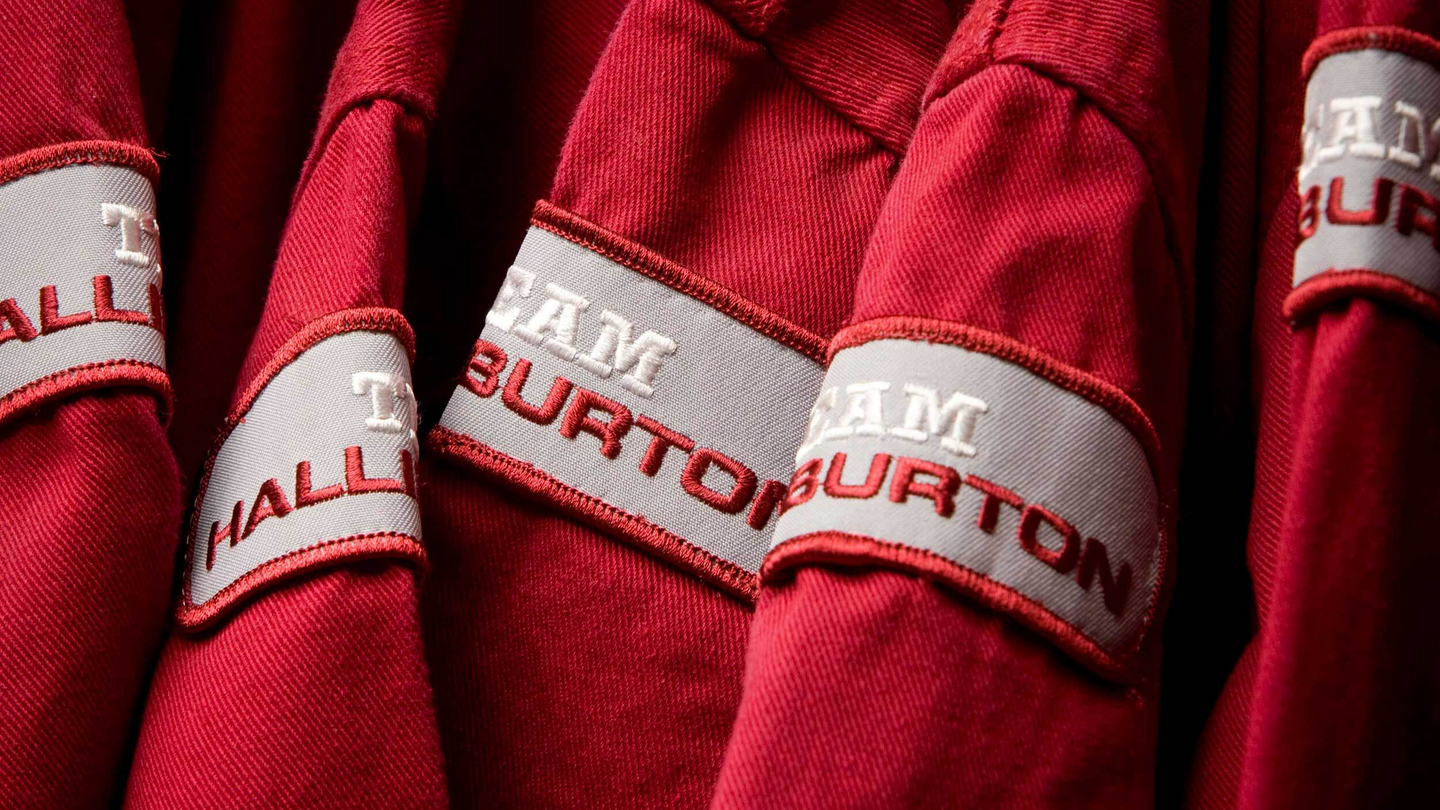 Search
Search
 Search
Search
4 3⁄4-in. MRIL®-WD™ logging-while-drilling sensor delivers T₁ data for optimum well placement in a mature field
Download PDFMature Fields

Resolve pore size variations within a complex carbonate reservoir
Complex Carbonate Reservoir, Middle East
Sperry Drilling collaborated and engineered a solution that included:
An operator in the Middle East wanted to compare the ability of T1 data from the MRIL-WD magnetic resonance logging-while-drilling (LWD) sensor to resolve pore size variations within a complex carbonate reservoir with high-quality wireline nuclear magnetic resonance (NMR) data, in a 6 1⁄8-in. vertical well. In order to enhance spectral resolution for fluids with slow relaxation times within the field, customized activation times were developed for the wireline tools, which in turn were calibrated with special core analysis data. For the LWD tool to provide a useable resolution of the slow relaxation times within the reservoir, it was essential that the data not be impacted by lateral vibration or axial motion effects.
The vertical well was used for a back-to-back comparison between the NMR spectra acquired by the wireline tool and the T1 spectra acquired by the 4 3⁄4-in. MRIL-WD tool. The while-drilling acquired T1 distributions and associated partial porosities were also compared with those acquired during a wipe run to verify that the LWD data was not negatively affected by the vibration and tool motion encountered in the drilling environment.
In collaboration with the operator, Sperry Drilling used the MRIL-WD Job Planner to select cutoffs that accentuated the carbonate macroporosity: one cutoff with T1 = 440 ms and another with T1 = 2 sec. For the advanced carbonate pore typing, the amount of macropores was approximated by fluid volumes with T1 > 2 sec, and the micropore volume was quantified by summing the fluids with T1 < 440 ms. The data from both wireline and LWD indicated that the largest pores were in a dolomitized interval between two high-porosity lobes,with the dolomite showing a decrease in pore volume. Wireline formation pressure testing indicated that this zone had the highest mobilities, despite the relatively low porosity; and the permeability calculated using the macroporosity input into the Coates equation showed reasonable consistency with the mobility data.
When compared to the conventional permeability calculations, the wireline and LWD logs both showed a significant enhancement to the rock quality assessment. The successful comparison with wireline interpretation confirmed to the operator that the 4 3⁄4-in. MRIL-WD sensor enhances reservoir understanding by resolving pore size variations in the most complex carbonate pore system; thereby, helping to maximize asset value.
